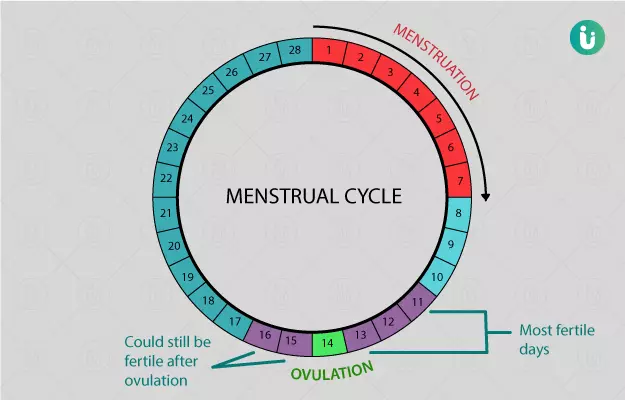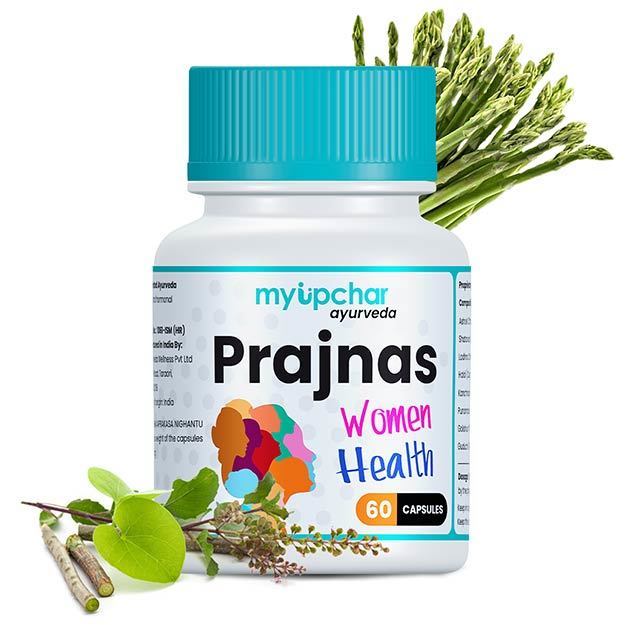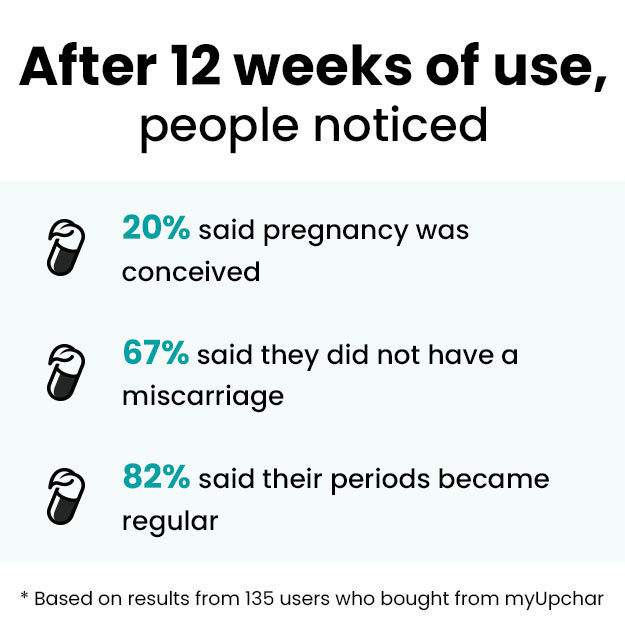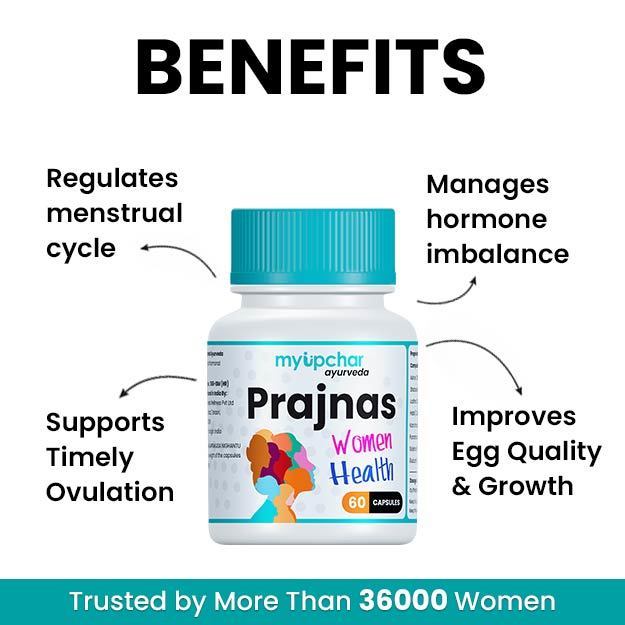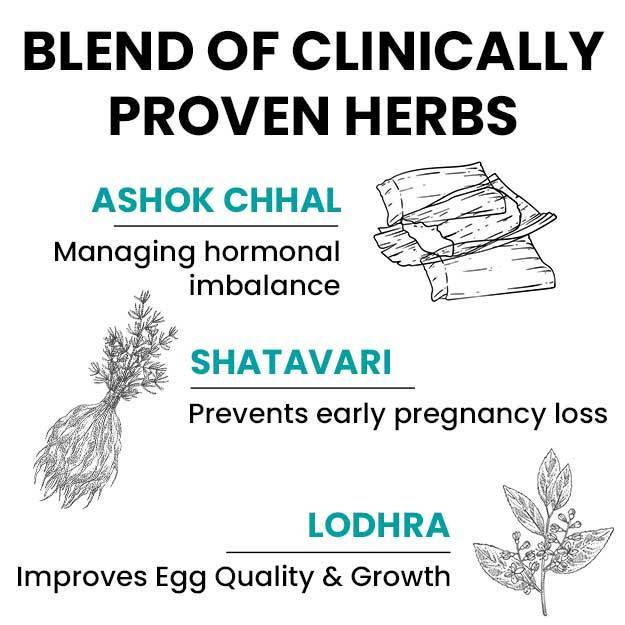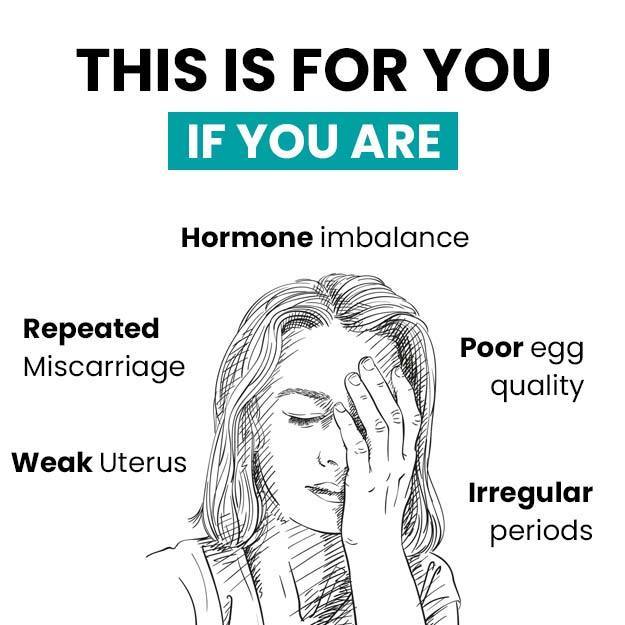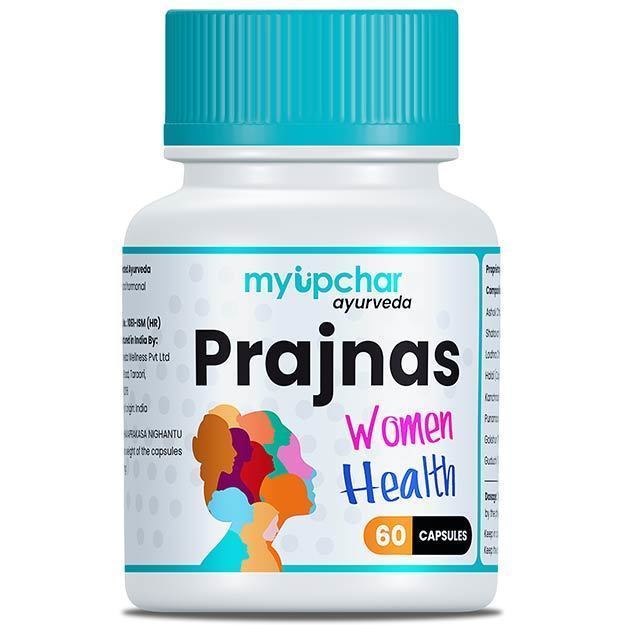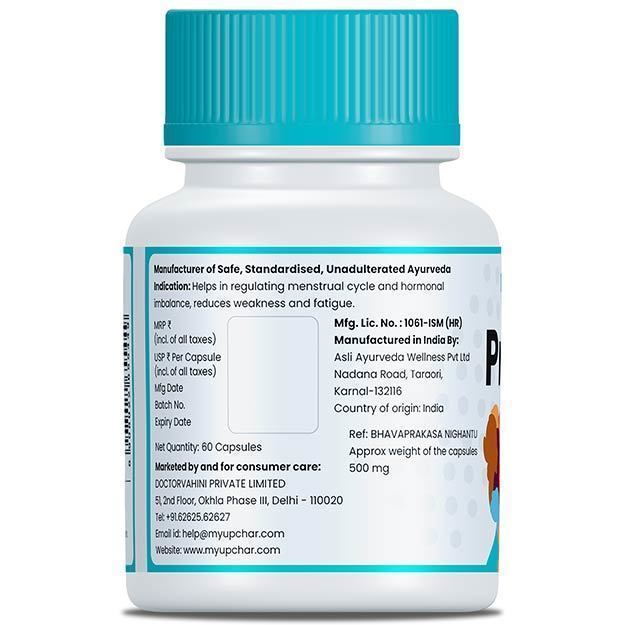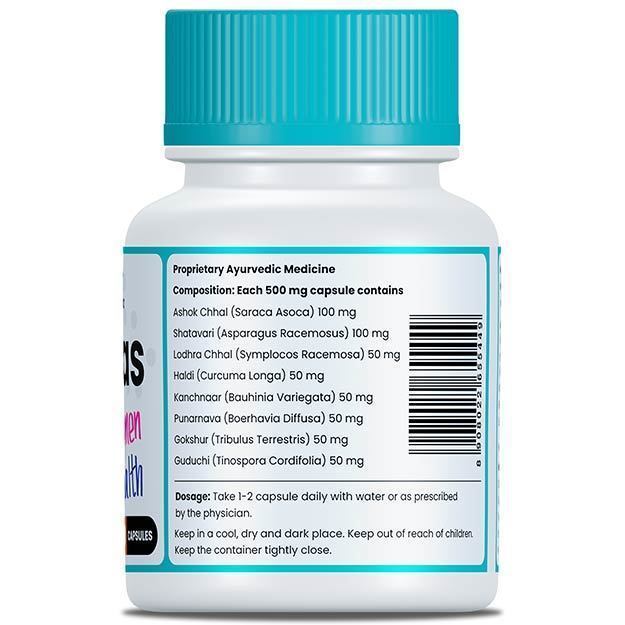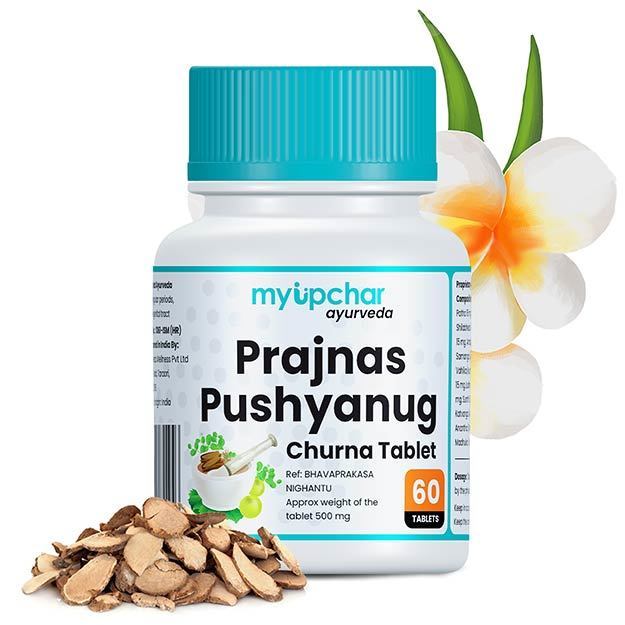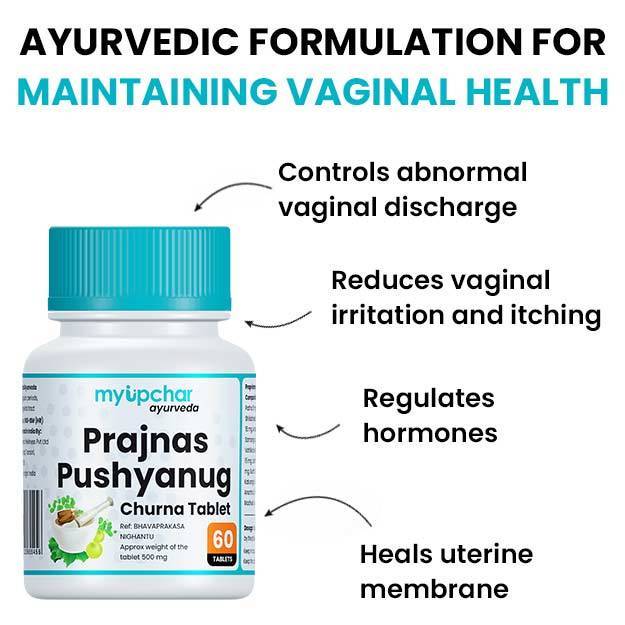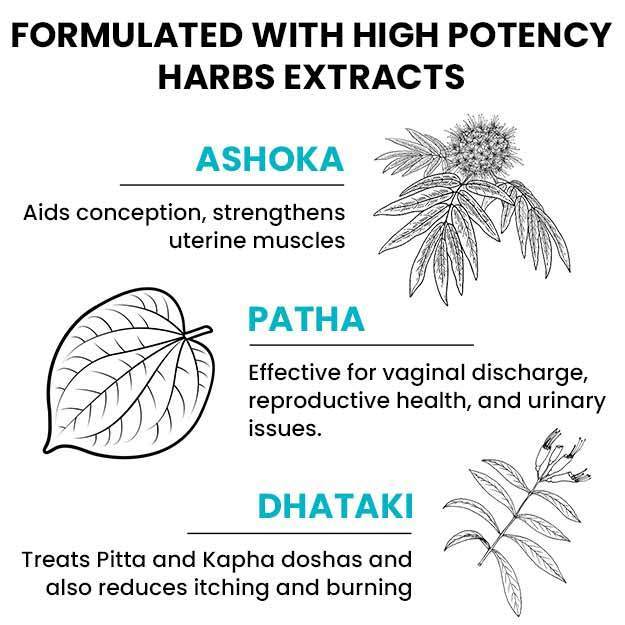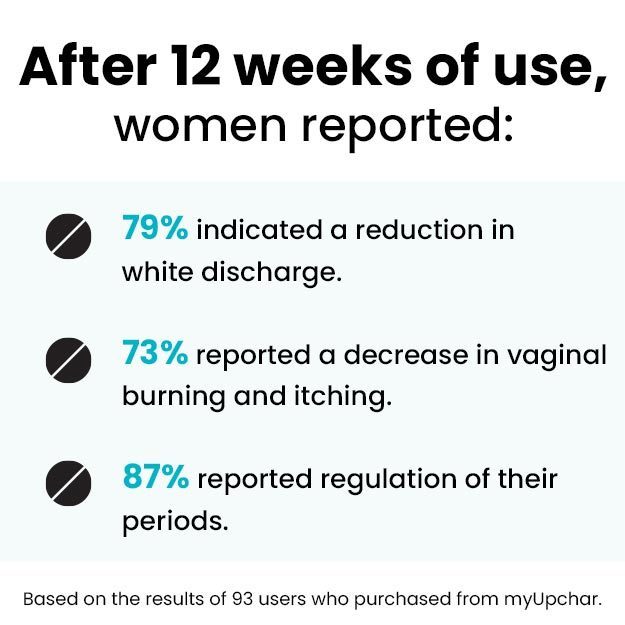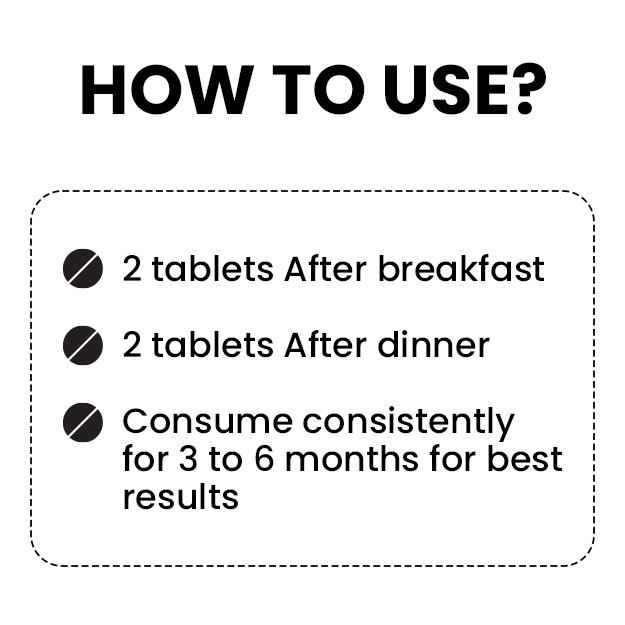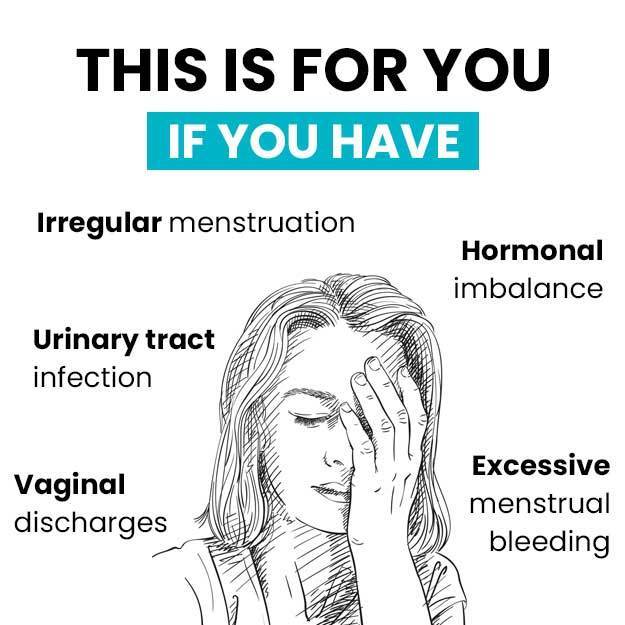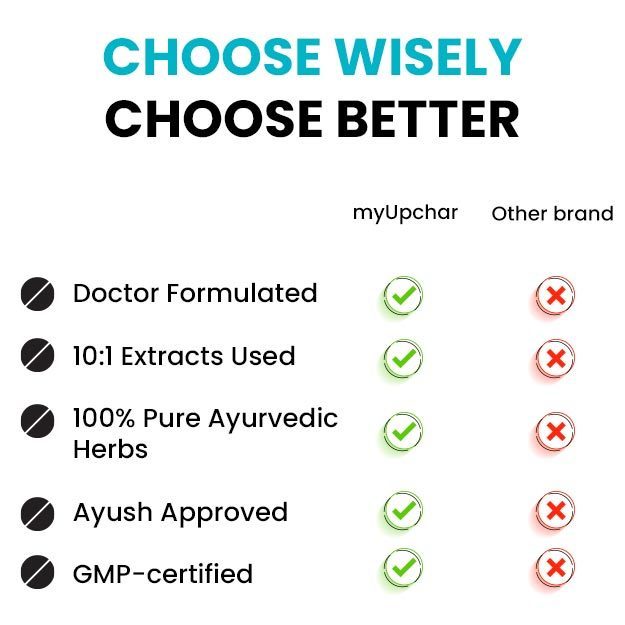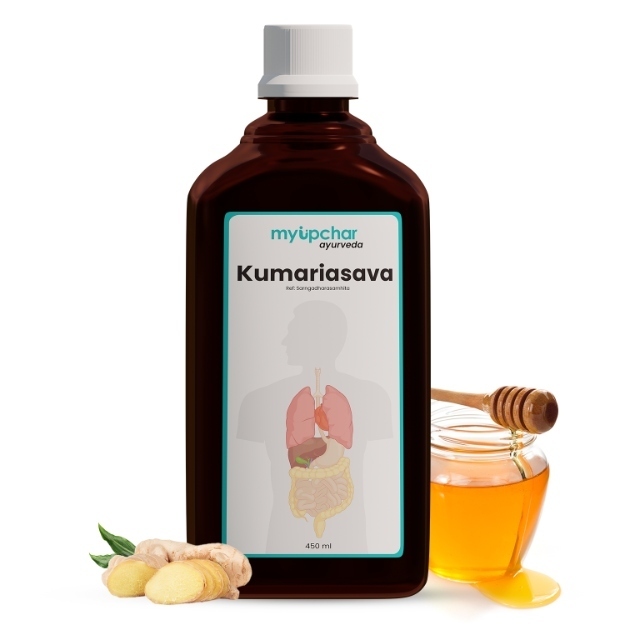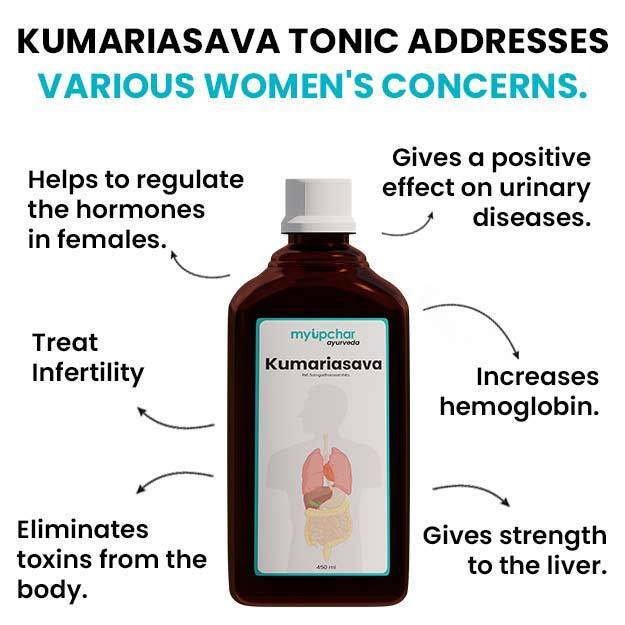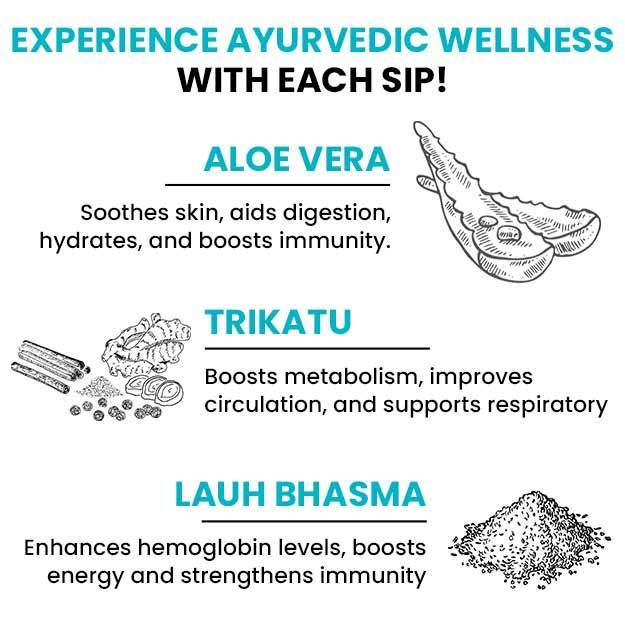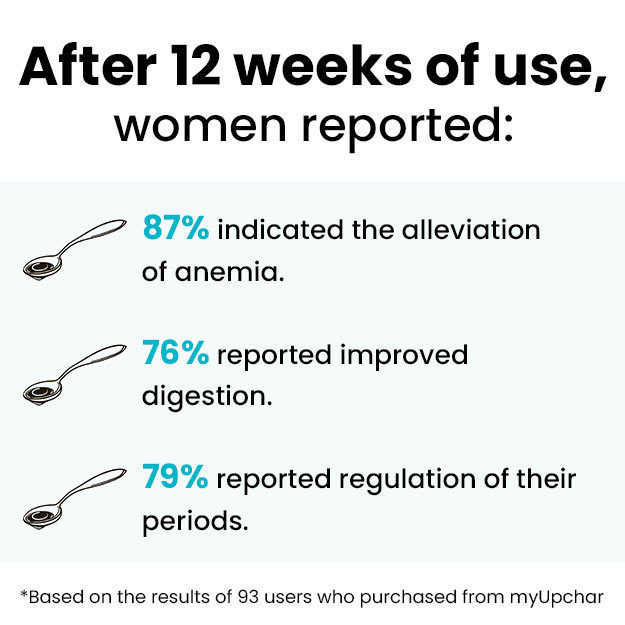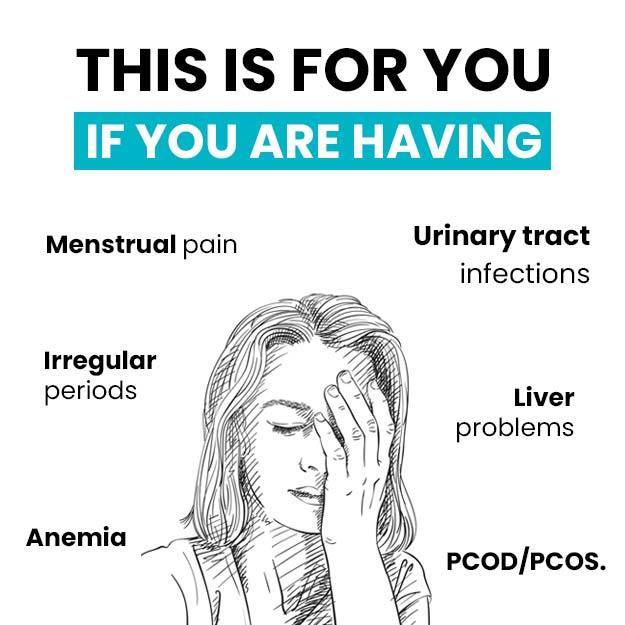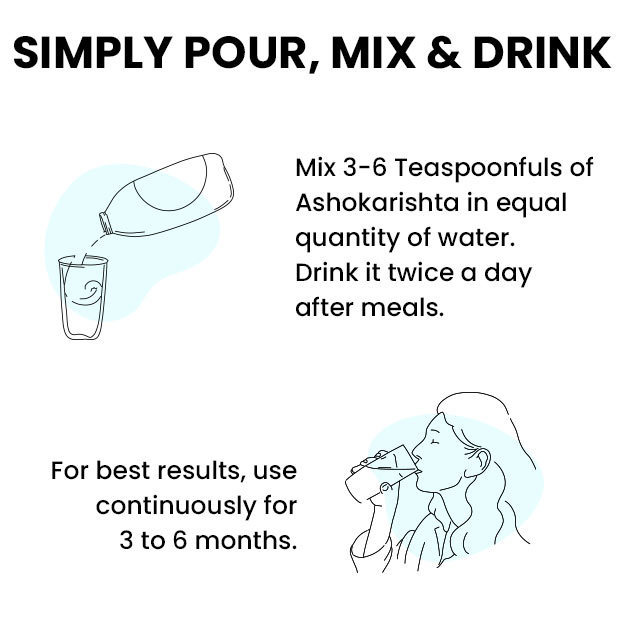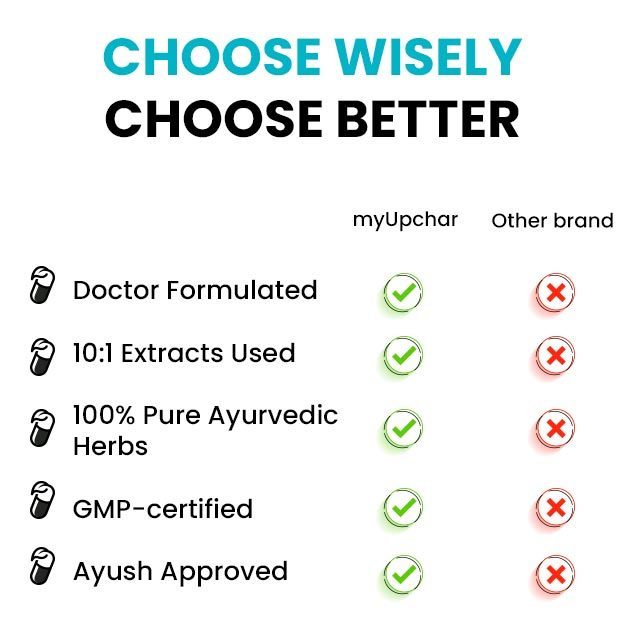Embarking on the journey to parenthood is an exciting and often emotional experience. For many couples, a key question arises: "When is the best time to get pregnant?" While it might seem like a straightforward answer, understanding your body's unique rhythms and the science behind conception can significantly increase your chances of success. Here’s your comprehensive guide, designed to elaborate on the process and equip you with the knowledge to pinpoint your most fertile window. We'll explore everything from the intricate dance of hormones during your menstrual cycle to practical tips and tools that can help you on your path to welcoming a new addition to your family.
- How Women Get Pregnant?
- What is the Best Time to Get Pregnant?
- How to Increase Chances of Getting Pregnant?
- How Many Days After Your Period Do You Get Pregnant?
- How to Calculate Fertile Days?
- Study on Measuring Time to Pregnancy
- How to Know When You Are Ovulating?
- What Are the Signs of Ovulation?
- What to do to get Pregnant?
- Are There Any Best Positions to Get Pregnant?
- Summary
How Women Get Pregnant?
Pregnancy occurs when a sperm fertilizes an egg. Every month, a woman's body prepares for a potential pregnancy through a process called the menstrual cycle. This cycle typically lasts around 28 days, though it can vary for each individual. At the heart of the menstrual cycle is ovulation, which is when a mature egg is released from one of the ovaries. This egg then travels down the fallopian tube, where it can be met by sperm. If sperm is present and fertilizes the egg, the fertilized egg then travels to the uterus and implants itself in the uterine lining, leading to pregnancy. If fertilization doesn't occur, the egg dissolves, and the uterine lining is shed, resulting in menstruation (your period).
(Read More: Periods (menstruation): what is it, symptoms, tips)
What is the Best Time to Get Pregnant?
The "best" time to get pregnant is during your fertile window, which is a specific period within your menstrual cycle when you are most likely to conceive. This window includes the days leading up to ovulation and the day of ovulation itself. Sperm can live inside the female reproductive tract for up to 5 days, and an egg is viable for about 12-24 hours after ovulation. This means that having intercourse in the days before ovulation can still lead to pregnancy, as the sperm will be waiting for the egg's release.
How to Increase Chances of Getting Pregnant?
Several factors can influence your chances of getting pregnant. Beyond timing intercourse correctly, here are some key strategies. Understanding your cycle and having regular, unprotected intercourse, especially during your fertile window, is fundamental. Maintaining a healthy lifestyle with a balanced diet, regular exercise, and a healthy weight can improve fertility for both partners. It's also advisable to limit alcohol and caffeine consumption and to quit smoking, as these can negatively impact fertility. Managing stress is important, as high stress levels can affect hormone balance and ovulation. Lastly, starting a prenatal vitamin with folic acid even before conception can help prevent neural tube defects. If you've been trying for a while without success or have any concerns, consulting a healthcare professional is recommended.
How Many Days After Your Period Do You Get Pregnant?
There's no fixed number of days after your period that you will get pregnant, as it depends entirely on when you ovulate. For someone with a 28-day cycle, ovulation typically occurs around day 14 (counting from the first day of your last period). This means your fertile window would be roughly from day 9 to day 15. However, cycle lengths vary, so ovulation could happen earlier or later. It's not about how many days after your period, but how many days before, during, and immediately after ovulation.
(Read more: Can you get pregnant before, after or during your period)
How to Calculate Fertile Days?
There are several methods to help you calculate your fertile days.
-
The Calendar Method (or Rhythm Method): This involves tracking your cycle length over several months. You can estimate your fertile window by doing a little math: subtract 18 days from your shortest cycle to find your first fertile day and 11 days from your longest cycle to find your last fertile day. Just a heads-up, this method is less accurate if your cycles are a bit irregular.
-
Ovulation Predictor Kits (OPKs): These are like little magic wands you pee on at home! They detect a surge in luteinizing hormone (LH), which typically happens 24-36 hours before you ovulate. OPKs are super accurate and a fantastic tool.
-
Basal Body Temperature (BBT) Charting: Your basal body temperature (that's your temperature right after you wake up, before you even move!) slightly rises by about 0.5 to 1.0 degrees Fahrenheit after ovulation. By taking your temperature every morning, you can spot this shift. It helps you confirm that ovulation has occurred, which is great for understanding your cycle patterns over time.
-
Cervical Mucus Monitoring: This one might sound a little... different, but it's incredibly insightful! The consistency of your cervical mucus changes throughout your cycle. Around ovulation, it becomes clear, slippery, and stretchy, just like raw egg whites. This "egg white" mucus is a fantastic sign of high fertility because it helps sperm travel!
Study on Measuring Time to Pregnancy
A debate from April 1998 by Jørn Olsen, Svend Juul, and Olga Basso delves into the complexities of measuring time to pregnancy (TTP) in fertility research. The authors highlight a growing interest in human fecundity due to rising infertility costs and environmental concerns, but point out a lack of clear definitions for terms like infertility and fecundability, leading to inconsistent research practices.
A central finding is that while TTP and cycles to pregnancy (CTP) are excellent measures for studying subfecundity and trends, they come with significant methodological challenges. Accurate TTP data heavily relies on high-quality, standardized questionnaires, as recall can be influenced by factors like pregnancy planning, contraceptive use, and past reproductive experiences. They also note that a couple's decision to stop trying for pregnancy can bias results, particularly with older couples or those with existing health issues.
The article discusses the trade-offs of using retrospective data from pregnant women. While cost-effective, this approach inherently excludes couples who didn't conceive or who gave up trying, meaning any estimates are conditional and don't reflect the full population. This can lead to underestimating the impact of factors affecting fertility. For example, their unpublished data suggests that couples actively planning a pregnancy have a higher chance of conception.
The authors recommend carefully selecting study populations, potentially focusing on those actively planning a pregnancy to gather more accurate TTP data, though this too has its own biases. They stress the importance of considering factors like contraceptive use and family planning behaviors when comparing different groups. Ultimately, they conclude that while TTP and CTP are valuable tools for fertility research, their inherent methodological hurdles make precise comparisons across cultures or long periods challenging. They suggest that robust monitoring of fecundity trends requires meticulous follow-up of well-defined populations to obtain reliable estimates.
https://pmc.ncbi.nlm.nih.gov/articles/PMC27529/
How to Know When You Are Ovulating?
Combining the methods mentioned above provides the most comprehensive picture of your ovulation time. Using OPKs is a direct way to predict ovulation; test daily during your estimated fertile window. Tracking BBT, while confirming ovulation after the fact, can help you identify a pattern and predict future ovulation with consistent use. Observing cervical mucus is a very helpful physical sign; pay attention to changes in discharge throughout your cycle. Additionally, some women experience mild abdominal cramping (mittelschmerz) or breast tenderness around ovulation, which can also be indicators.
However, for most women, ovulation occurs 14 days prior to the beginning of the next menstrual cycle. So, if you have a healthy menstrual cycle, you may be able to predict this easily. It will most likely fall in the middle of your two cycles. If you find it hard to guess, you can use an ovulation tracker.
Commercially available trackers determine the time of ovulation by detecting an upsurge in LH, or the luteinising hormone. It is available in the form of 5 to 7 sticks, which you may need to use multiple times to determine the surge before ovulation. Gynaecologists recommend using this kit multiple times, counting 11th day from the beginning of your previous cycle. Checking every day following this period is important so that you do not miss the surge. Following the LH surge, ovulation occurs within 24 to 36 hours.
Once you know you are ovulating, it is easy to determine the best time to have sex to favour pregnancy. It is said that 12 to 24 hours after the time of ovulation marks the period of maximum fertility, and you must have sex within this duration to conceive. The ova is only available for a duration of 12 to 24 hours after it has been released.
Doctors say that the fertility window of a woman is between 10 to 17 days before the beginning of the next cycle. So, if you are unable to track ovulation, it is a great idea to stick to the normal fertility window to be pregnant. However, this period varies from woman to woman, according to their menstruation cycle and hormonal levels, so it is best to be aware of your ovulatory cycle.
(Read more: How to get pregnant)
What Are the Signs of Ovulation?
While not everyone experiences noticeable signs, common indicators of ovulation include a positive Ovulation Predictor Kit (OPK) result, which is the most reliable sign. A sustained rise in Basal Body Temperature (BBT) after ovulation is another key indicator. Changes in cervical mucus, specifically becoming clear, slippery, and stretchy (like egg whites), are also common. Some women experience mild abdominal cramping, known as mittelschmerz, which is a dull ache or sharp pain on one side of the lower abdomen. Other possible signs include breast tenderness due to hormonal fluctuations, increased libido, and in less common cases, light spotting.
What to do to get Pregnant?
To maximize your chances of getting pregnant, focus on several key actions. First, identify your fertile window using OPKs, BBT charting, and cervical mucus monitoring. Second, have regular intercourse during your fertile window, aiming for every 1-2 days. Third, prioritize your health by maintaining a healthy weight, eating a balanced diet, exercising regularly, and avoiding harmful substances. Fourth, manage stress, as it can interfere with ovulation; practice relaxation techniques like yoga or meditation. Fifth, remember that male fertility is just as important; the male partner should also adopt a healthy lifestyle and avoid excessive heat to the testicles and limit alcohol. Finally, practice patience and persistence, as conception doesn't always happen immediately, and seek professional advice if you have been trying for a year (or six months if you are over 35) without success, or have any underlying health conditions.
Are There Any Best Positions to Get Pregnant?
While there are many old wives' tales about "best positions" for conception, the scientific evidence suggests that sexual position does not significantly impact the chances of getting pregnant. Sperm are excellent swimmers, and once ejaculated, they quickly make their way towards the cervix regardless of gravity. The most important factor is simply ensuring that ejaculation occurs inside the vagina. After intercourse, some women choose to lie down for 10-15 minutes, but again, there's no strong scientific evidence that this increases success rates. Focus on enjoying the process and reducing stress rather than worrying about specific positions.
Summary
So, there you have it! The "best time to get pregnant" really boils down to understanding and identifying your fertile window – those precious days leading up to and including ovulation. By becoming a pro at tracking your menstrual cycle, using handy ovulation prediction methods, and embracing a healthy lifestyle, you're truly maximizing your chances. While the journey to conception can sometimes take a little time, remember that patience, persistence, and knowing when to reach out for professional guidance are your best friends on this wonderful path to parenthood!
References
- National Health Service [Internet]. UK; Trying to get pregnant.
- MedlinePlus Medical Encyclopedia: US National Library of Medicine; Pregnancy - identifying fertile days
- Better health channel. Department of Health and Human Services [internet]. State government of Victoria; If you want to get pregnant, timing is everything
- Better health channel. Department of Health and Human Services [internet]. State government of Victoria; Conceiving a baby
- Center for Disease Control and Prevention [internet], Atlanta (GA): US Department of Health and Human Services; Planning for Pregnancy
- Department of Health Planning to get pregnant. Government of Western Australia [Internet]

